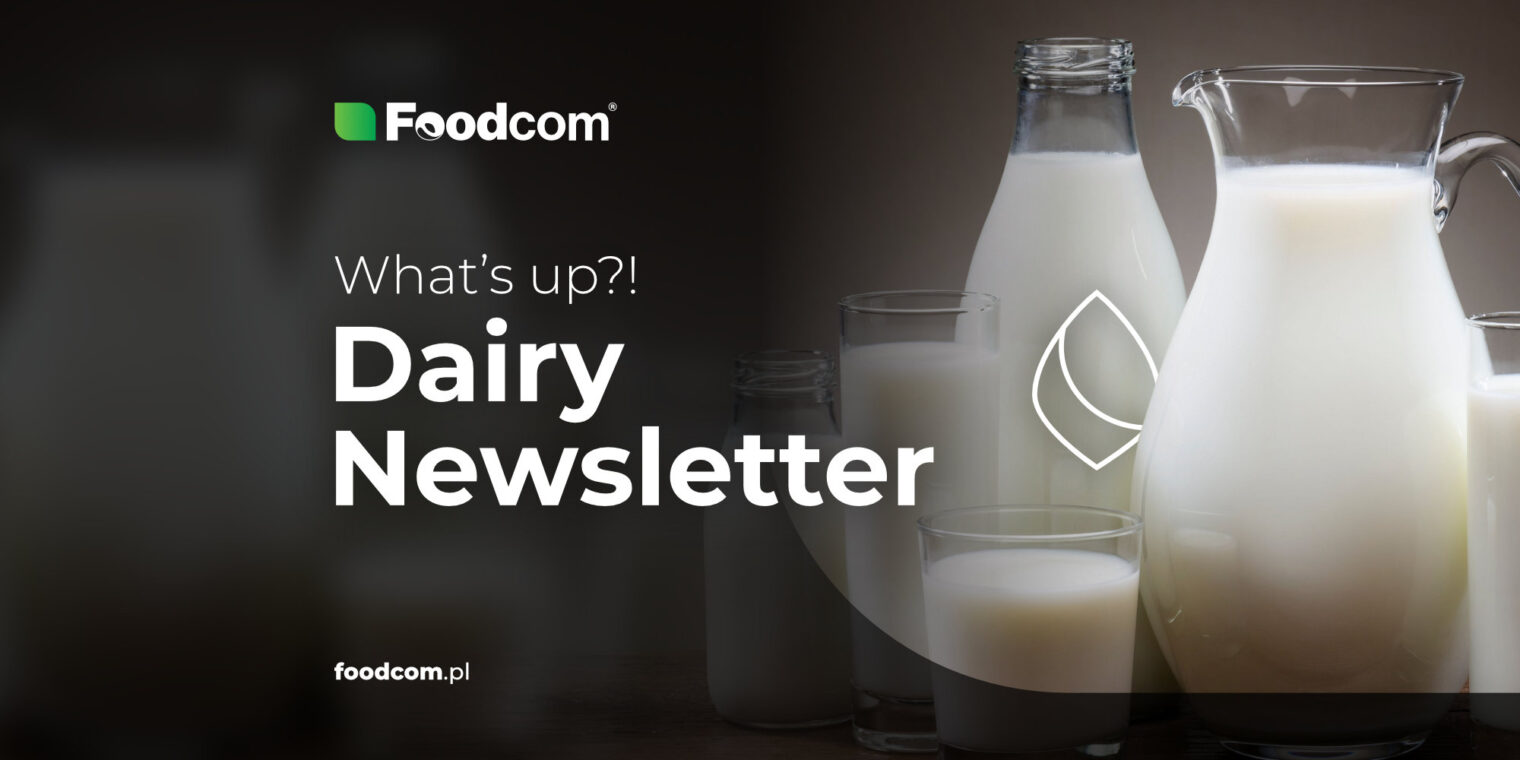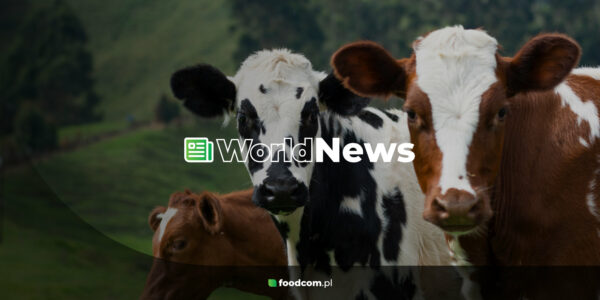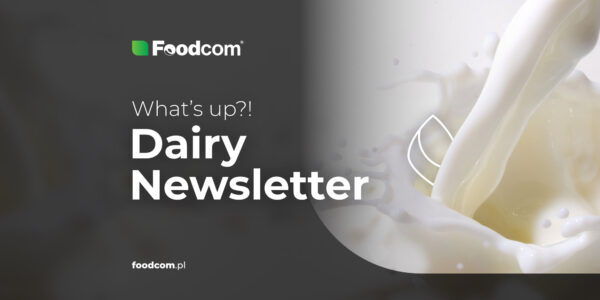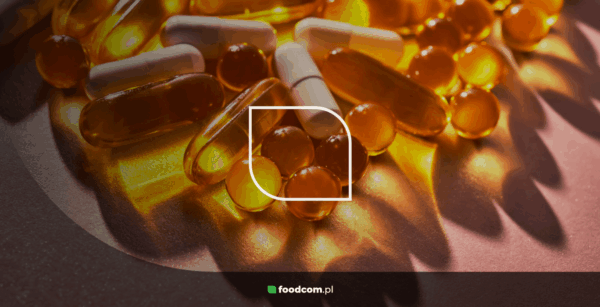Hello Partners!
Welcome back to our Newsletter!
Embark on an exciting journey through the latest highlights of the dairy market. From stable milk powder prices to market trends in cheese and butter, our concise insights provide a snapshot of the key dynamics. Find out about initiatives such as Fonterra’s eco-friendly plan, the progress of UK dairy farms and the sector’s ambitious expansion in Kazakhstan. Get an overview of the evolving dairy market landscape.
Let’s take a look at what else is happening in the dairy market!
Products of the Week
Milk powder
SMP – Stabilized prices with continued downward pressure indicate vulnerability in the market. Reported prices around 2400-2450 EUR could lead to strategic buying through trade channels, particularly for older stock. Market competitiveness remains a key factor. Additionally, in recent weeks, there has been a noticeable decline in demand for SMP.
Full Cream Milk Powder (FCMP) – recorded a modest increase of +1.3% and skimmed milk powder (SMP) a commendable increase of +3.7%, taking into account a -1.9% decrease compared to the last GDT auction.
Whey Powder
Sweet whey concentrate – Prices remain relatively stable and fluctuate within a range of 350 to 500 EUR/MT FCA. This indicates a delicate balance between supply and demand, with recent increases suggesting potentially increased interest in this product. On the other hand, we hear that sweet whey powder (SWP) is increasingly available in certain regions of Europe, which is reflected in lower prices.
Cheese
A fall in prices can be observed for all varieties, especially for offers that come from traders and not from traditional suppliers. Currently, the prices of cheeses such as Gouda and Edam are below those of Cagliata, which is rather unusual. Producers’ efforts to maintain prices, particularly for Gouda, reflect the industry’s commitment to maintaining profitability.
Fats
Butter – continuous price reductions, especially daily or hourly fluctuations, may be due to oversupply or lower demand. However, the reduction in retail prices in Germany is a positive factor that could encourage a better butter market and increase affordability for consumers.
Liquid
Milk – Stable/firming spot market prices, coupled with an expected increase in milk production, indicate positive market dynamics. Despite improved availability, current production remains below last year’s level due to both weather conditions and producer payouts.
Cream prices – A notable drop from 6000 EUR/MT at the beginning of the week to 5700-5900 EUR/MT indicates a possible oversupply. This requires close monitoring to determine whether it is a temporary shift or an indication of a more sustained market adjustment.
Skimmed Milk Concentrate – Despite initial price falls, a rebound to around 2250 EUR/MT FCA has been observed, indicating robust demand. If this trend continues, there could be further price increases in the future.
What else?
Fonterra will install a 20MW electrode boiler at its Edendale plant, reducing carbon emissions by 20% (47,500 tons of CO2e annually). The 33,2 million EUR investment is part of Fonterra’s plan to eliminate coal by 2037 and reduce emissions by 50% by 2030. The partnership with Meridian Energy will ensure the supply of renewable energy and co-funded projects with EECA will achieve a further 2.1 million tons of emissions reductions.
Data from 500 dairy farms in the UK shows progress since 2010, including a 44% decrease in somatic cell counts, mastitis at 22 cases per 100 cows, improved fertility, a 1% increase in conception rates and stable production averaging 8,737kg in 2023. Of note are the significant increases in fat content (from 3.35% in 2010 to 4.26% in 2023) and milk protein (from 3.27% in 2010 to 3.36% in 2023). Ben Bartlett of NMR stresses that these favorable trends are a good sign for the UK dairy industry.
Kazakhstan plans to expand its dairy sector by adding 100,000 cattle and increasing milk production by 725,000 tons over the next four years. The initiative is based on state loans with subsidized interest rates. However, skeptics doubt the feasibility of the ambitious goals and point to challenges such as labor shortages, the procurement of cattle and insufficient processing capacity. Critics doubt the success of similarly ambitious targets that have been set for the Kazakh dairy sector in the past.







